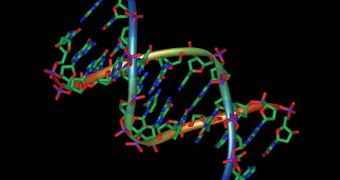A collaboration of investigators from the Massachusetts Institute of Technology (MIT), in Cambridge, and Boston University, has recently conducted a study that finally revealed how all three major classes of antibiotics work. These mechanisms have never been fully understood until now.
Though antibiotics first started being used about 70 years ago, scientists have never been able to figure out how these substances work. Their effects are well known, but the plethora of molecular pathways through which they act could not be deciphered precisely.
Diseases once thought to be deadly were finally eradicated when antibiotics first came along. These chemicals specifically target bacteria, and are very adept at destroying these microorganisms.
According to the new study, antibiotics act primarily by producing a range of destructive molecules that target bacterial DNA. The amount of damage they produce is extensive, and the organisms cannot recover from the brutal onslaught.
The effects are not direct. A long chain of cellular events precedes the actual damage. The complexity of these interactions is the main reason scientists could not figure out how the drugs work sooner.
Researchers with the study group say that the new level of understanding we have on how antibiotics work could soon be used to improve on these drugs, making them even more effective, and perhaps tweaking them so that they can address drug-resistant bacteria.
“One could enhance the killing efficacy of our current arsenal, reduce the required doses or resensitize strains to existing antibiotics,” Boston professor of biomedical engineering, James Collins, says.
He worked closely with MIT professor of biology Graham Walker for the new study, details of which were published in the April 20 issue of the top journal Science. MIT postdoctoral researcher James Foti was the lead author of the paper.
The new study also highlights new cellular mechanisms that could be targeted in the future. “Our work would suggest that proteins involved in repairing double-stranded DNA breaks could be very interesting targets to go after as a means to affect the killing efficacy of drugs,” Collins concludes.

 14 DAY TRIAL //
14 DAY TRIAL //